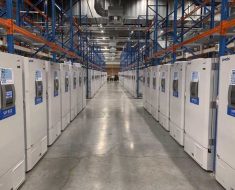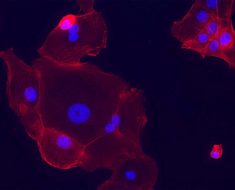A new study that links the location of brain injury to levels of depression in patients following the injury has identified two distinct brain networks; one associated with increased depression symptoms and one associated with decreased depression symptoms. The large-scale study led by researchers with University of Iowa Health Care expands on previous findings and suggests that these brain networks might be potential targets for neuromodulation therapies to treat depression.
Neuromodulation therapies such as transcranial magnetic stimulation, or deep brain stimulation, are emerging as new non-pharmacological treatments for mood disorders. However, understanding which areas of the brain to target to get the best therapeutic effect is still limited.
The new findings, which are published in the journal Brain, used brain imaging scans and depression scores from 526 patients who had acquired localized areas of brain injury from a stroke or other type of traumatic brain injury. A detailed statistical analysis of the patients’ data allowed the researchers to correlate the brain lesion locations with levels of depression experienced by the patients in the months following the brain injury.
“We found some really interesting results identifying specific brain structures that were associated with higher levels of depression post lesion, and surprisingly, also found some areas that were associated with lower-than-average levels of depression post lesion.” says Nicholas Trapp, MD, UI assistant professor of psychiatry and lead author of the study.
Risk and resilience networks in depression
Using data from functional brain scans of healthy subjects to understand how these structures were interconnected, the researchers then discovered that the risk and resilience regions were not randomly scattered within the brain. Instead, regions most strongly associated with increased depression coincided with the nodes of the so-called salience network, which is involved in task reorientation, attention, and emotion processing.
Source: Read Full Article





